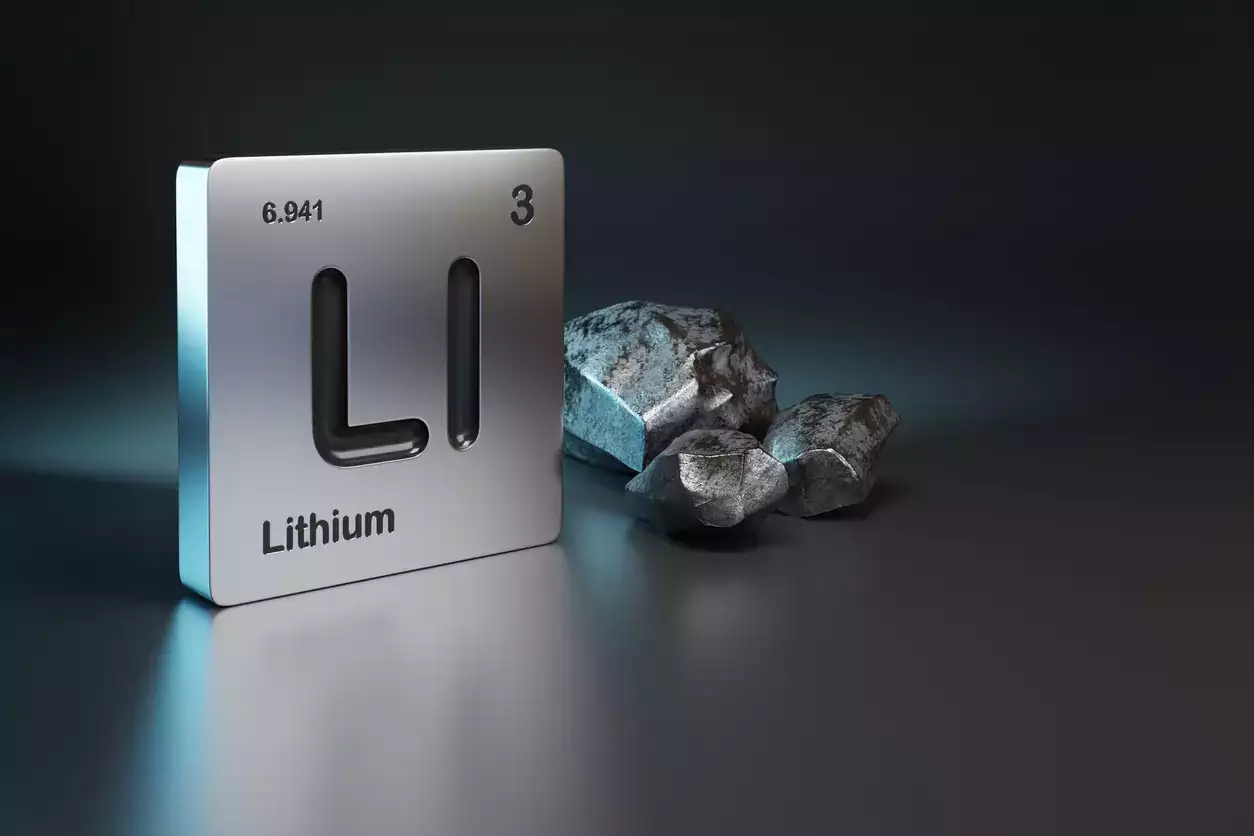PTI ( By Prof -Ing. Praveen Kumar)– The positive implications of this discovery may be outweighed by its negative impacts if caution is not exercised. As with any resource extraction, Li mining can have significant social, environmental, and health impacts. It can cause soil degradation, water shortages, biodiversity loss, and damage to ecosystem functions. lithium production requires substantial amounts of water and energy. A lithium-ion battery requires three other critical elements, Nickel (Ni), Manganese (Mn), and Cobalt (Co) which are to be imported.
In the Reasi district of Jammu and Kashmir, an extensive lithium (Li) deposit, one of the largest in the world, has been discovered. This discovery holds significant potential to support contemporary technology, especially in transportation electrification, and to reduce dependence on fossil fuels. Lithium is a valuable resource due to its lightweight and widespread usage in electronic devices, such as mobile phones, laptops, cars, and aircraft.
In terms of weight percentage, a typical lithium-ion battery (LIB) employed to power electric vehicles (EVs) contains approximately 7% Co, 7% Li (expressed as lithium carbonate equivalent (LCE)), 4% Ni, 5% Mn, 10% Cu, 15% Al, 16% graphite, and 36% other materials. For instance, a cell with 1Wh capacity requires 0.1 to 0.12 grams of Li, and a 5kWh battery pack used in e-scooters contains 500 grams of Li, while a Tesla Model S battery requires about 12 kg of lithium. The discovery of this lithium deposit will enable India to meet its Li requirements and reduce its reliance on imports during the transition to EVs.
However, the positive implications of this discovery may be outweighed by its negative impacts if caution is not exercised. As with any resource extraction, Li mining can have significant social, environmental, and health impacts. It can cause soil degradation, water shortages, biodiversity loss, and damage to ecosystem functions. Additionally, lithium production requires substantial amounts of water and energy, with roughly 2.2 million litres of water needed to produce one tonne of lithium and about 300kWh of energy required for every kWh of battery produced.
Furthermore, a large proportion (over 80%) of this energy comes from fossil fuels, resulting in CO2 emissions. A 5kWh battery pack uses 500g of Li, 1500 kWh of energy, and 30,000 litres of fresh water. To put things into perspective, a 5kWh battery requires energy equivalent to 15 months of electricity consumption and 50 days of water consumption for an average household of 4 members.
To ensure the appropriate use of this valuable deposit, sustainable practices must be adopted to guarantee that Li mining is environmentally friendly. Through the use of energy-efficient techniques and extensive recycling, the energy consumption required to produce LIBs can be reduced by at least a third, and water consumption can be reduced by a factor of 20. In planning the Li mining process, a focus on sustainability is crucial for India, which is starting from scratch in this industry.
But that is not the entire story because LIB has three other critical elements, Nickel (Ni), Manganese (Mn), and Cobalt (Co).
According to the India Bureau of Mines, Nickel is not produced from primary sources in the country, and the entire demand is met through imports.
The situation in Mn is not encouraging either. As regards the grade-wise composition of production in 2018-19, 68% of the total production was of lower grade (below 35% Mn), 21% of medium grade (35%-46% Mn) and 10% was of high grade (above 46% Mn).
India does not have any primary cobalt resources. Two possible secondary sources are nickel-bearing laterite deposits in Odisha and copper slag produced by HCL, and will have to depend on cobalt imports. The reliance on cobalt in the cathode is concerning owing to its high cost, scarcity, and centralized and volatile supply chain structure.
The use of modern “low-cobalt” materials (e.g., NMC622, NMC811, NCA) is not a sufficient mitigation strategy for this issue, as supply strains could still arise as early as 2030 if aggressive EV sales targets are met. A more effective and lasting solution for the sustainable future of LIBs is the development of cobalt- free cathode materials. Layered transition metal oxides based on LiNiO2 show promise but still need significant research before technologically and commercially viable solutions reach the market.
Until suitable cell chemistry is developed, it is necessary to extract the existing resources sustainably and develop an extensive recycling infrastructure.
To create a sustainable future, innovative and inclusive solutions that prioritise social equity and fairness must be implemented while taking into account the complex interconnected systems and trade-offs involved. The well- being of our species depends on our ability to develop effective and equitable solutions.











